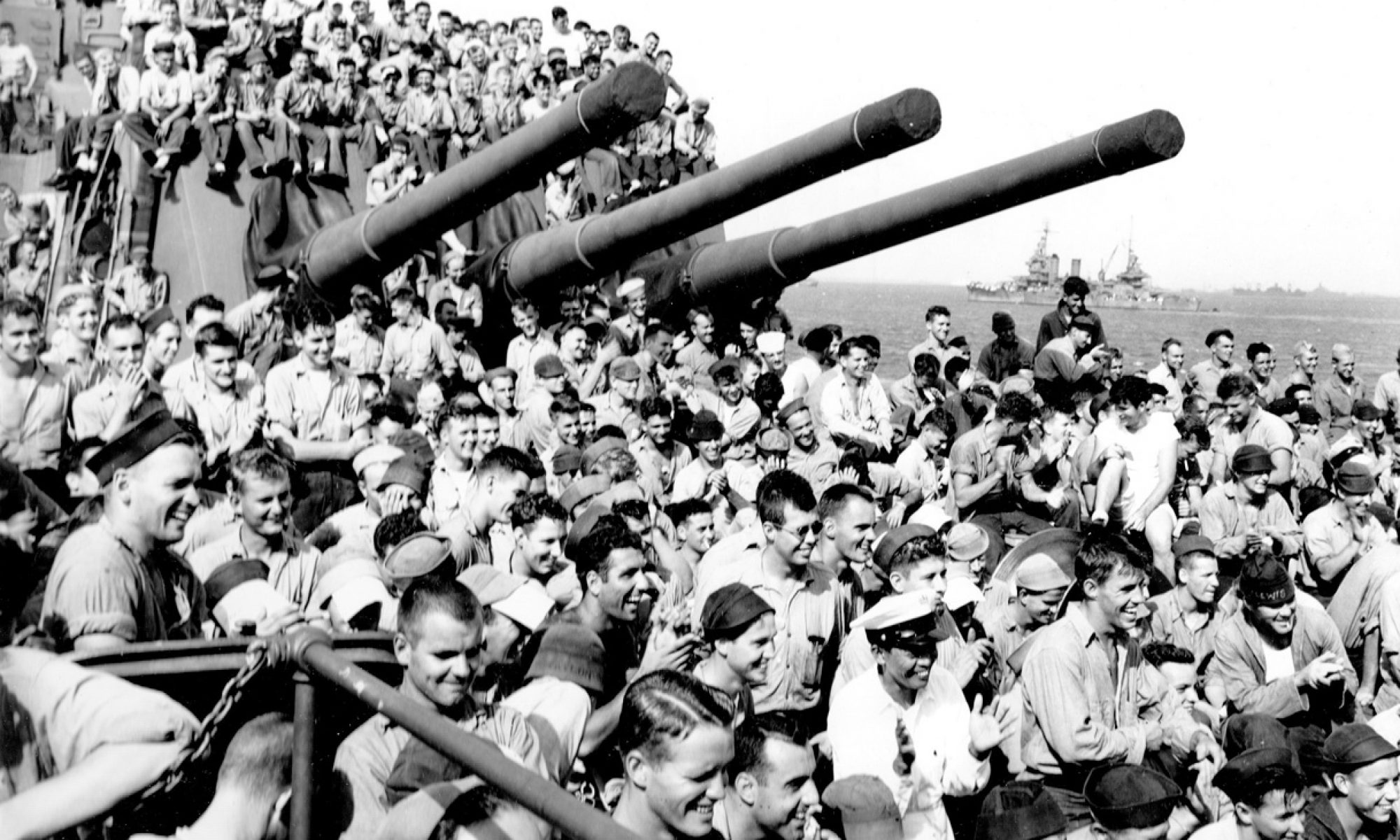2-15-19 (Almost President’s Day.)
We take a peek at our Presidents between WWI and WWII. Why? Beacuse the tapestry of history is woven with many threads.
1916 Democrat Woodrow Wilson was narrowly elected to a second term. He campaigned on keeping US out of the War, but by 1917 we could no longer remain neutral and he asked Congress (4/2/17) to declare war on Germany. After Germany signed the Armistice Treaty (11/18), he went to Paris to work on Peace Initiatives. He later presented the Treaty of Versailles (which included the founding of the League of Nations) to Congress. The election of 1918 had shifted congressional power to the Republicans. The Senate did not ratify the treaty of Versailles, thus they rejected US participation in the League of Nations.
1920 Republican Warren Harding was elected President in a landslide after a campaign to “return US to normalcy.” In his tenure a “trade war” resulted in high tariffs on imports, tax cuts favoring the wealthy and corporations were rolled out, and immigration was substantially curtailed. Harding died of an apparent heart attack while in a hotel in San Francisco on 8/1/23. Vice President Calvin Coolidge was sworn in.
1924 Republican Calvin Coolidge was elected and continued to lead the country through the Roaring 20’s. His belief in Small Government and Private Enterprise led to further reducing taxes, rolled-back government spending, and appointing of corporate-minded Department Secretaries. In August 1927, Coolidge announced he would not run for reelection.
1928 Republican Herbert Hoover was elected in another landslide. He took office in the Great Depression (which started on October 24, 1929). Hoover, a firm believer in limited government and strong capitalism, vetoed several bills that would have provided direct relief to struggling citizens. In his 1930 State of the Union address he proclaimed, “Prosperity cannot be restored by raids on the public Treasury.” He carried only six states in the 1932 election.
1932 Democrat Franklin Roosevelt was elected in a landslide after running on a “New Deal” of reform and economic relief programs. He was re-elected by landslides in: 1936, (and to a third term) in 1940 and (a fourth term) in 1944.
Policy flip-flops between “progressive” and “conservative” Presidencies and Congresses had a powerful impact not only on American lives and domestic policies; they directly affected international developments as the world crept toward the Second World War. Treaties, promises, “secret pacts and gentlemen’s agreements” and international trade policies between reigning American and Japanese leaders were enacted; only to be flopped by the next administration. Japan signed the Treaty of Versailles; we did not. Japan joined the League of Nations (predecessor to the U.N.); we did not. Our import tariffs directly affected the Japanese economy.
These and many more examples exacerbated the rising tension between America and Japan during the lead-up to World War II. It is important to note that America leaned into increasing Isolationism in the years after WWI. Japan, meanwhile, was growing as an industrial power with a strong leaning toward Expansionism and Militarism.
